Lifestyle
15 Little-Known Facts About Alligators
By CM Chaney · June 10, 2024
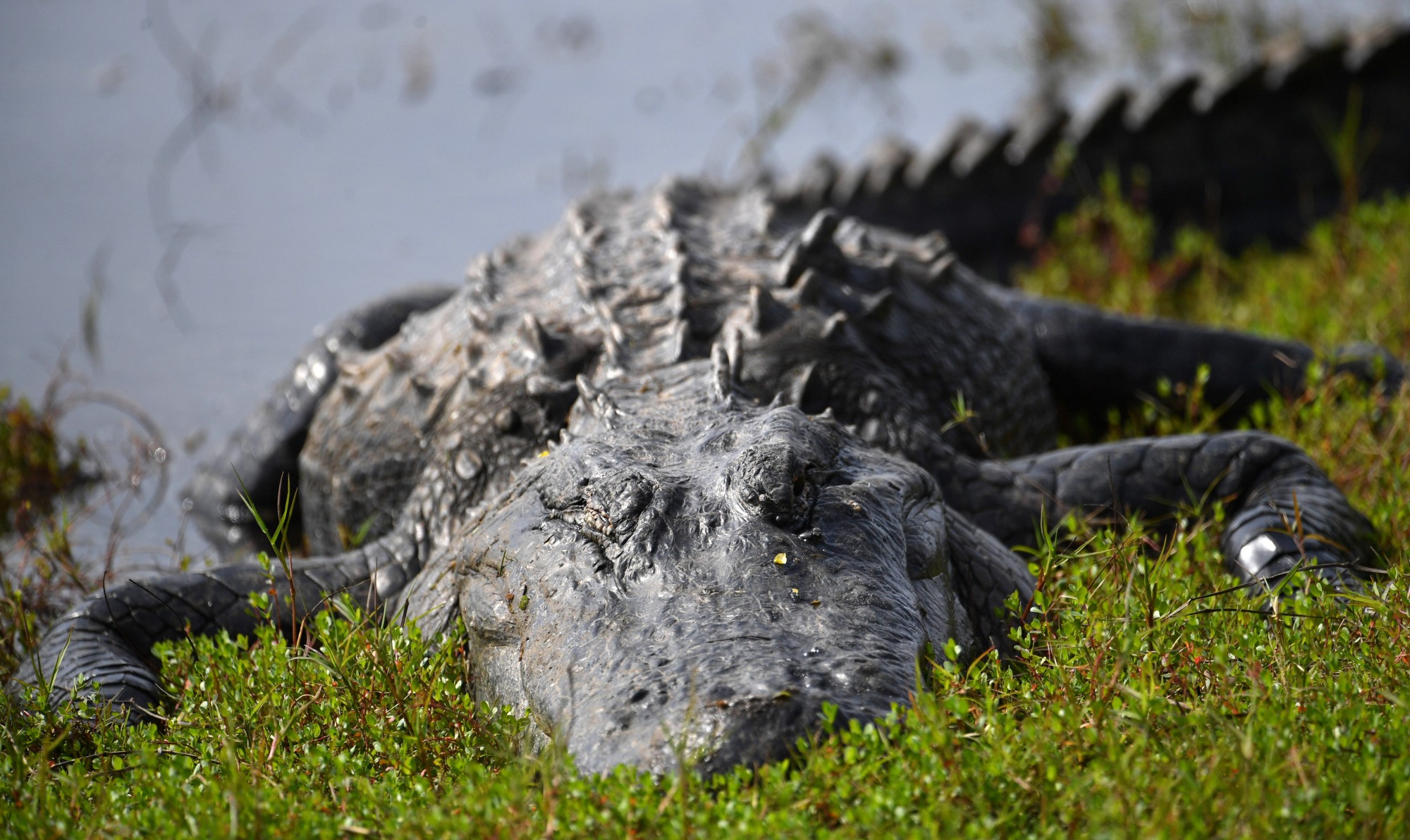
These ancient creatures, belonging to the crocodilian family alongside crocodiles and caimans, have a rich history and a host of incredible adaptations that have allowed them to thrive in their wetland habitats.
From the American alligator, once on the brink of extinction but now flourishing in the southern United States, to the critically endangered Chinese alligator, limited to the lower reaches of the Yangtze River, these cold-blooded giants are a testament to the resilience and diversity of life on Earth.
In this article, we will delve into 15 mind-boggling facts about alligators, revealing the secrets behind their glowing eyes, earth-shaking roars, and other extraordinary features that make them some of the most captivating creatures in the animal kingdom.
Prepare to be amazed as we uncover the hidden world of alligators and the incredible adaptations that have allowed them to survive and thrive for millions of years. USA TODAY
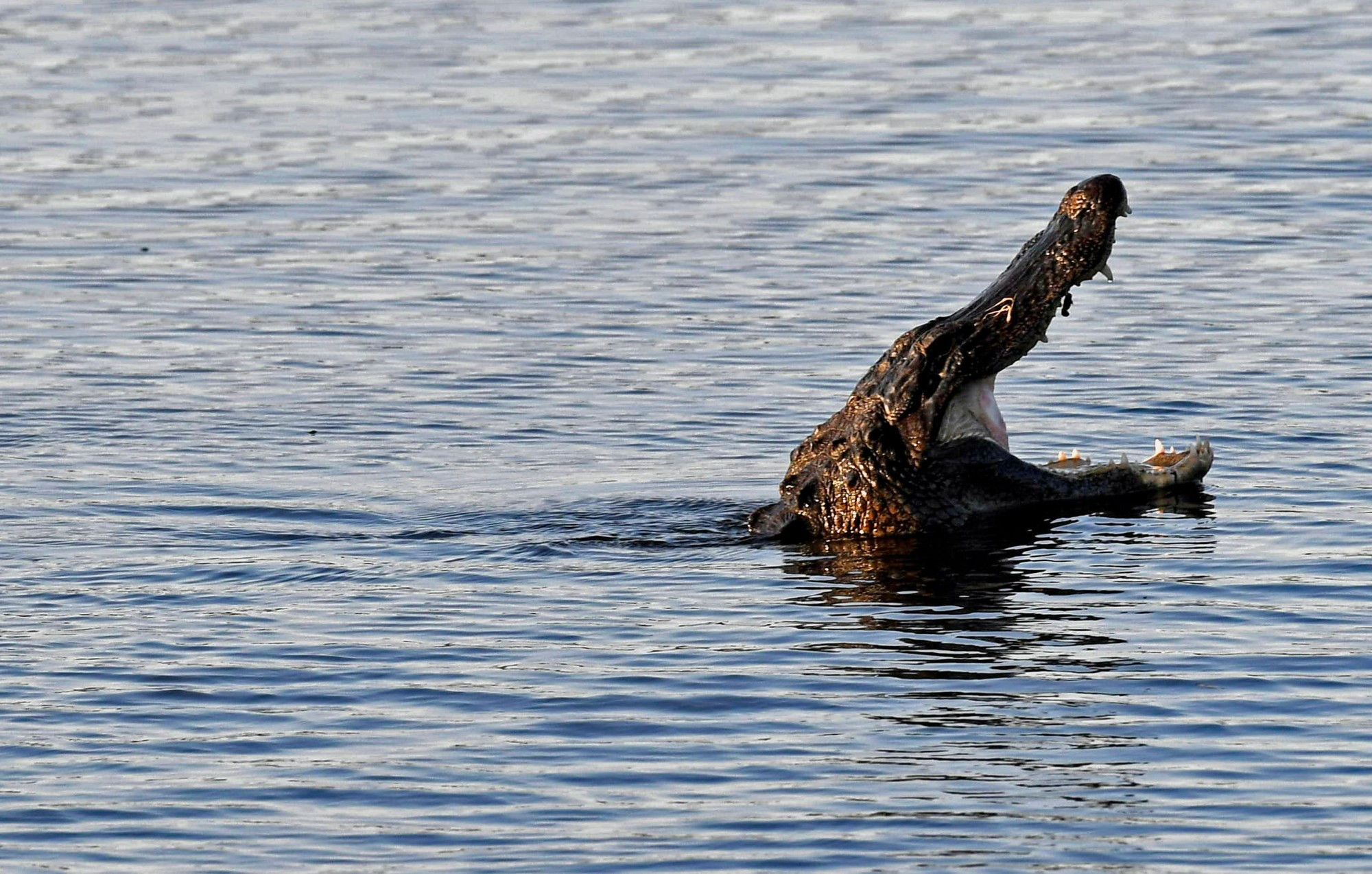
1. Powerful Bite Force, Lots Of Teeth
Alligators possess an incredible bite force, with some sources claiming it can reach nearly 3,000 pounds per inch. This makes their bite among the most powerful in the animal kingdom, and it's no surprise that they can go through about 3,000 teeth throughout their lives as their teeth wear down or break off. USA TODAY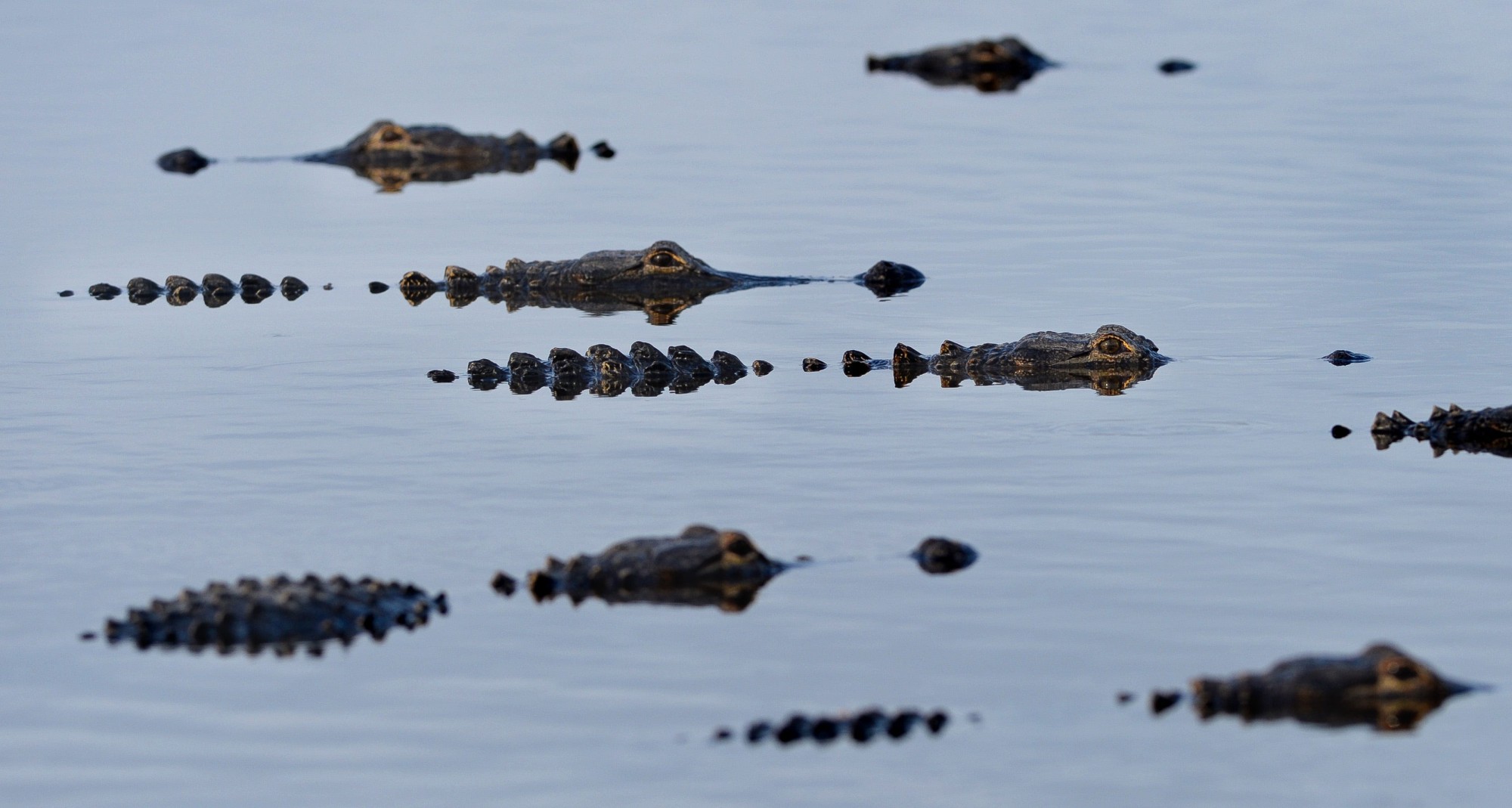
2. Thriving in Freshwater Habitats
Alligators are exclusively found in freshwater environments, preferring slow-moving rivers, creeks, marshes, swamps, and lakes. American alligators inhabit the southeastern United States, from North Carolina to Texas, while the Chinese alligator is limited to the lower Yangtze River in China. USA TODAY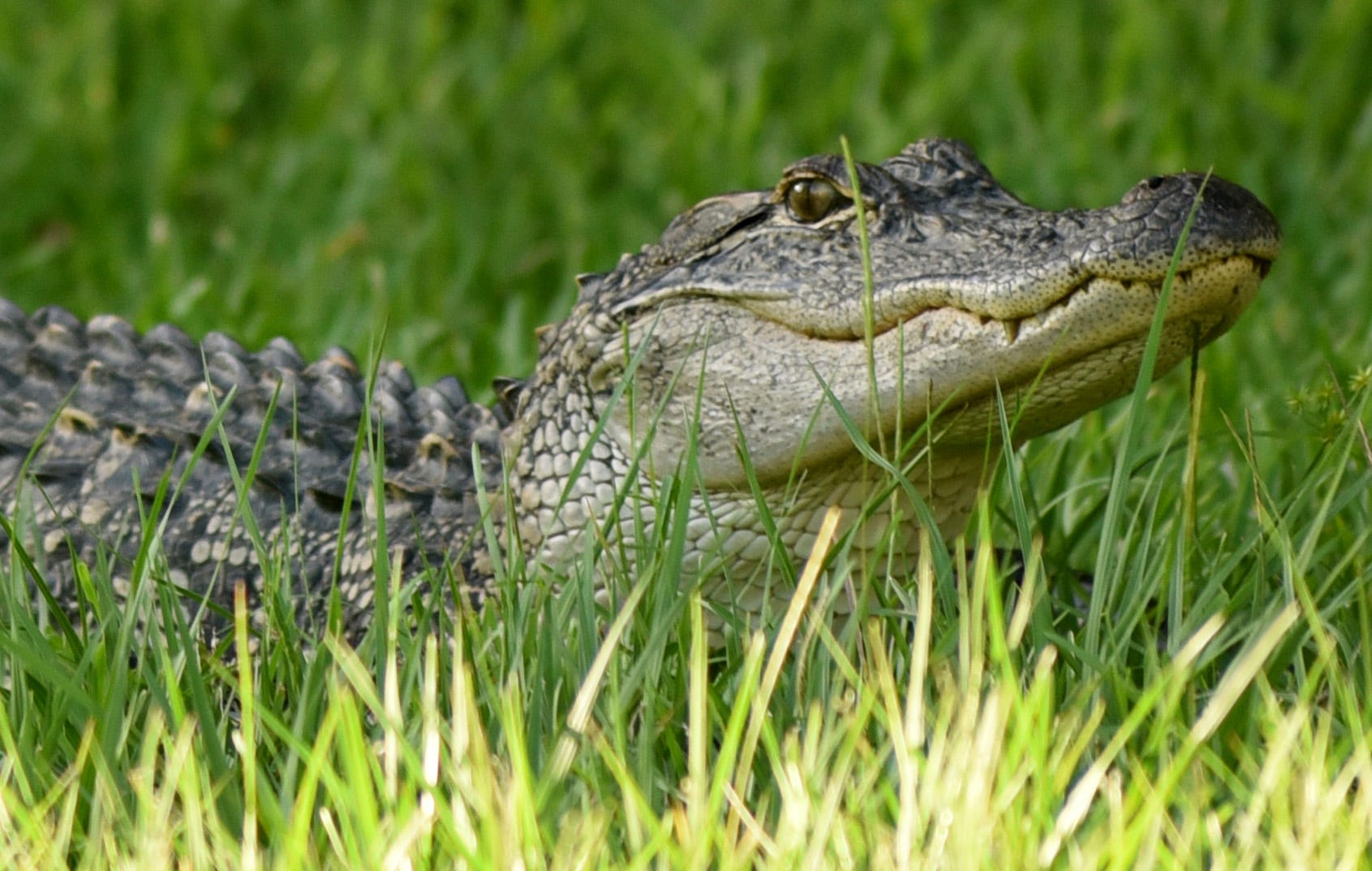
3. Surprising Omnivorous Diet
Although alligators are primarily known as carnivores, recent studies have revealed that they also deliberately consume fruit, vegetables, seeds, and legumes. This surprising addition to their diet suggests that alligators may even aid in seed dispersal through their waste. USA TODAY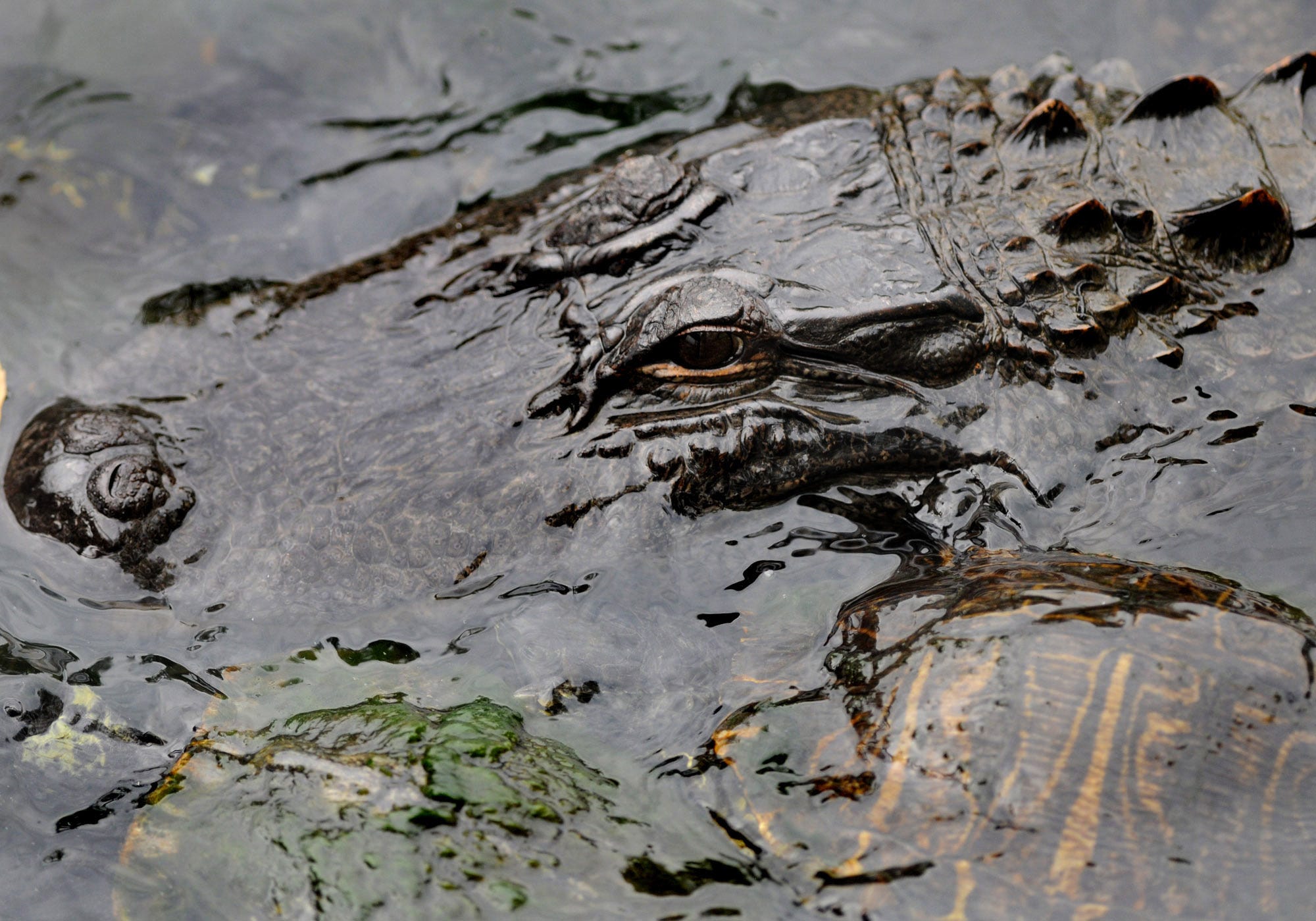
4. Surviving Since the Age of Dinosaurs
Alligators, along with other crocodilians, have undergone minimal evolutionary changes since the time of the dinosaurs. American alligators first appeared around 84 million years ago, and their ancestors evolved more than 200 million years ago, making them some of the oldest surviving reptiles, second only to turtles and tortoises. USA TODAY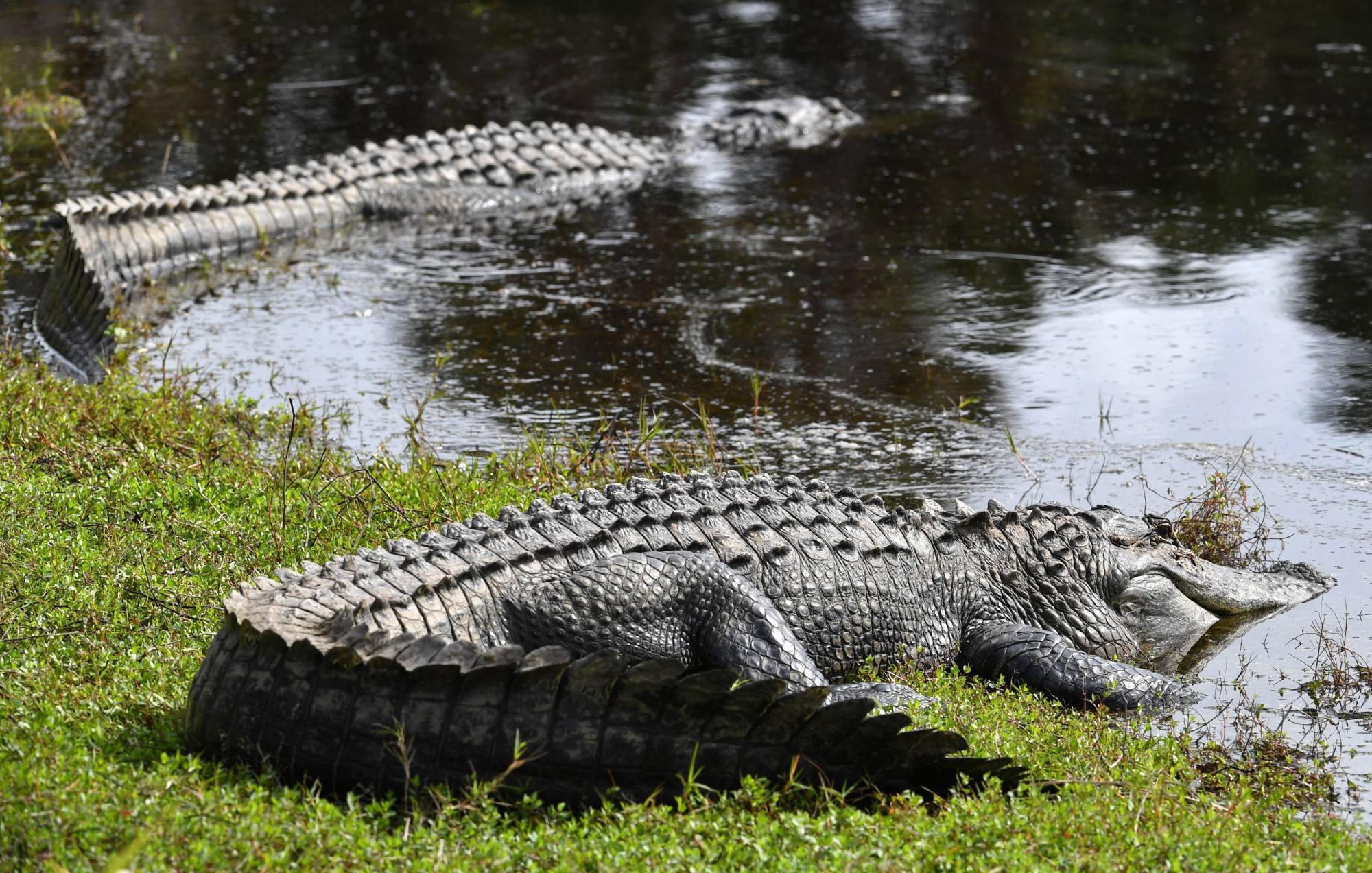
5. Impressive Speed and Agility
Despite their size, alligators are built for speed, capable of running up to 35 miles per hour on land, although they tire quickly. In the water, they can lunge at speeds of up to 30 miles per hour and swim swiftly using their powerful tails for propulsion. USA TODAY
6. Glowing Eyes in the Dark
Alligators have a unique adaptation in their eyes called a tapetum lucidum, which reflects light and enhances their night vision. When caught in a flashlight beam, their eyes glow red. Additionally, the distance between an alligator's eyes can indicate its size, with larger distances corresponding to longer alligators. USA TODAY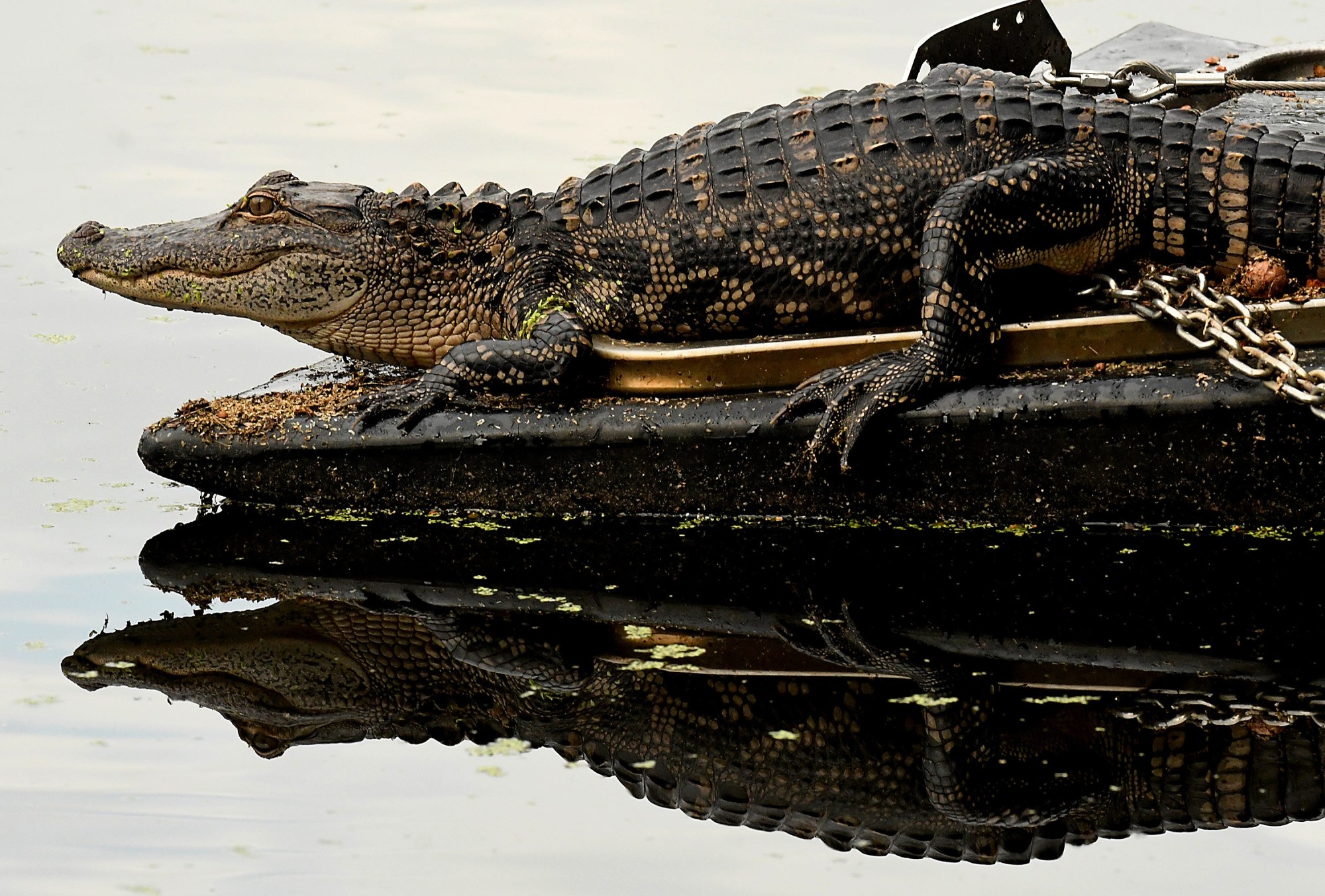
7. Intolerance to Saltwater
Unlike their close relatives, crocodiles, alligators lack the glands necessary to excrete excess salt from their bodies. As a result, they are unable to survive in saltwater habitats like mangrove swamps. However, they may hunt near saltwater, especially during the spring when water levels fluctuate the most. USA TODAY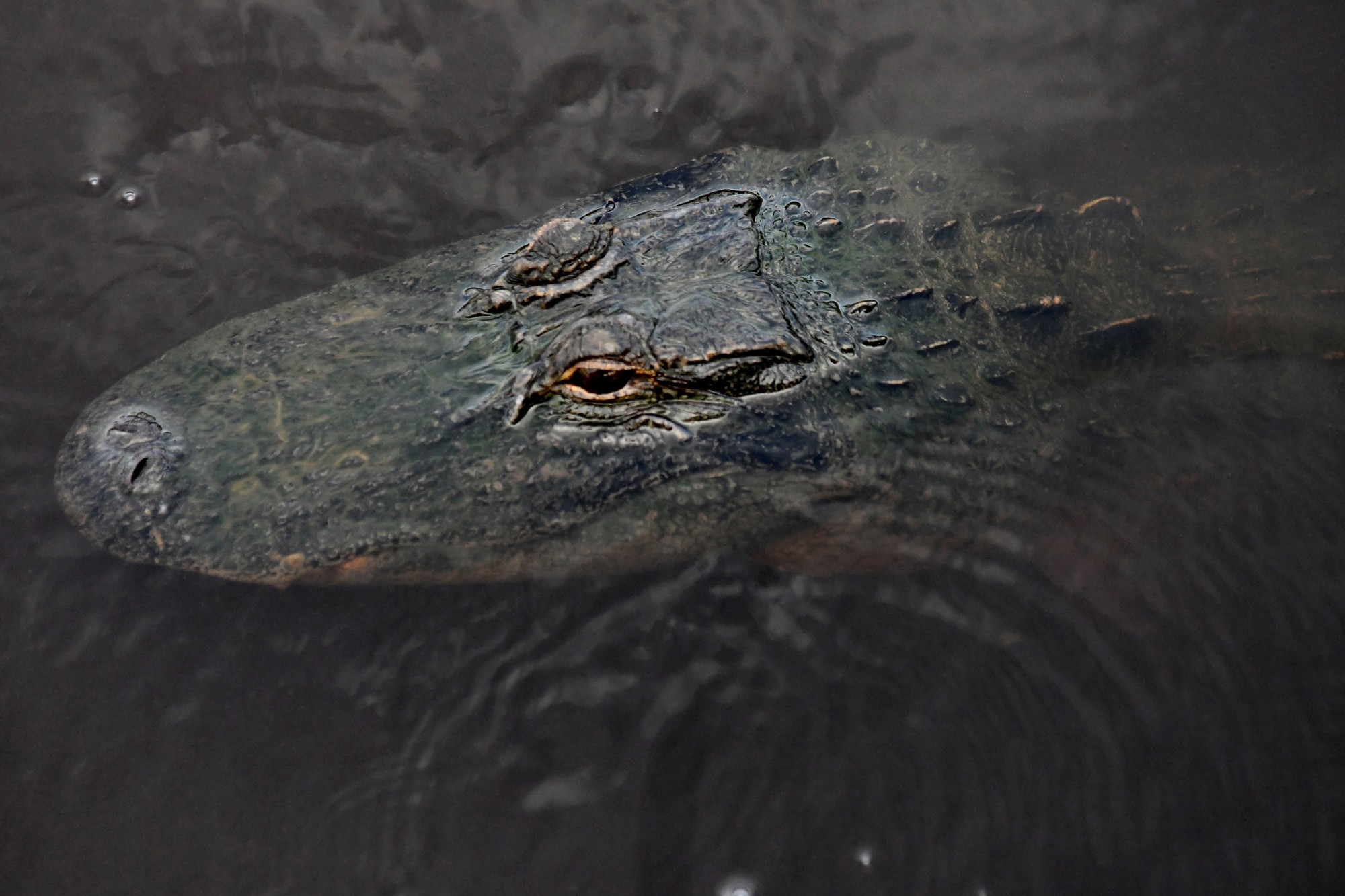
8. Impressive Size and Weight
The largest recorded alligator, caught in Alabama in 2014, measured an astounding 15 feet, 9 inches in length and weighed 1,011.5 pounds. This massive reptile was estimated to be between 24 and 28 years old when it was killed by a hunter. USA TODAY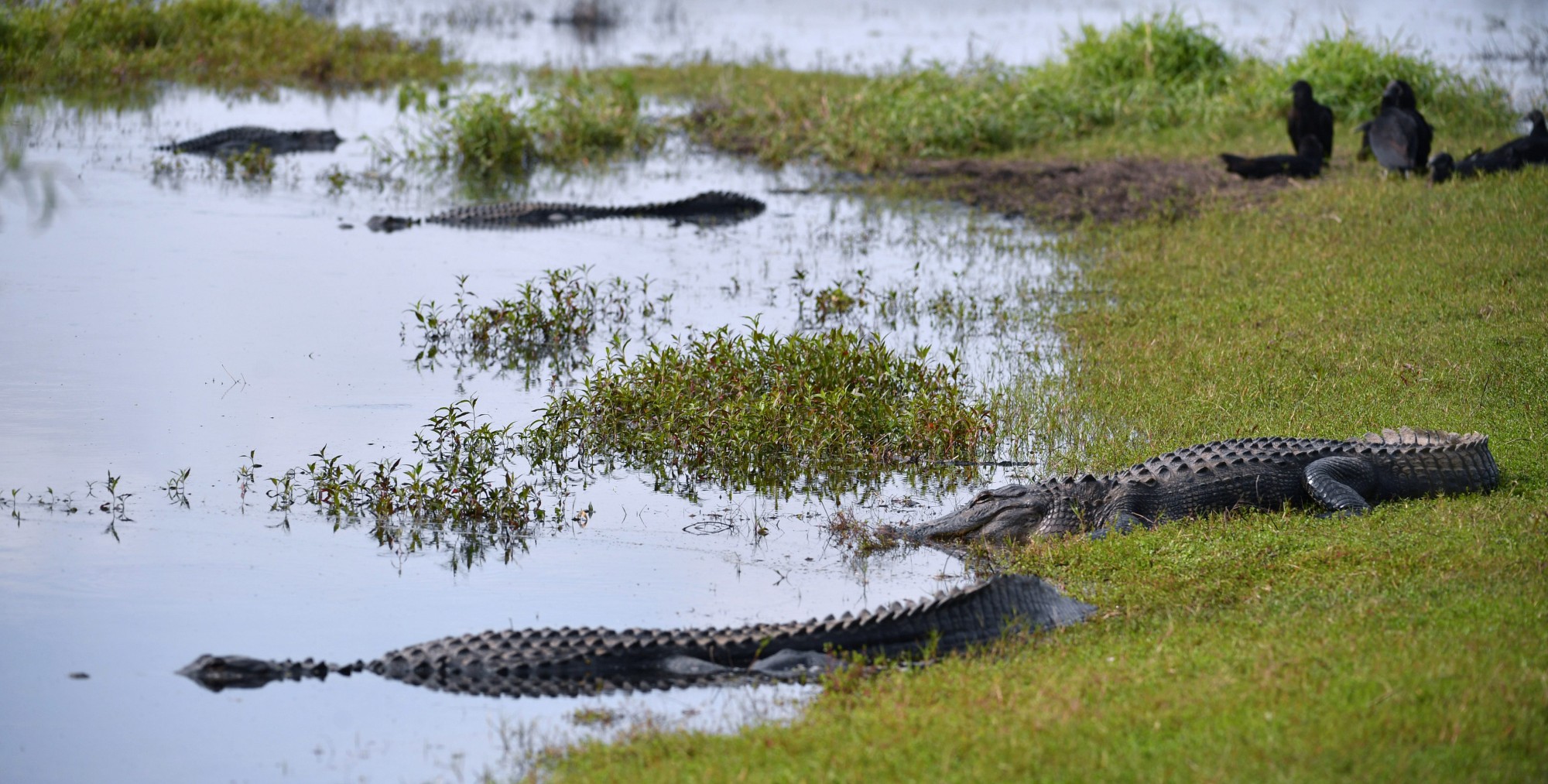
9. Parental Care and Cannibalism
Alligators are unique among reptiles in that they provide care for their young for about two years, ensuring their safety and providing them with food. However, researchers have also discovered that approximately 7% of baby alligators are eaten by their parents, likely due to multiple paternity within a single litter. USA TODAY
10. Gator Holes for Dormancy
During colder months, alligators enter a dormancy period called brumation. To prepare for this, they use their feet and snouts to excavate "gator holes," which are depressions or tunnels in the mud that can reach up to 65 feet in length. These holes protect the alligators from extreme temperatures, and they continue to breathe through their snouts, which they keep slightly above the water's surface. USA TODAY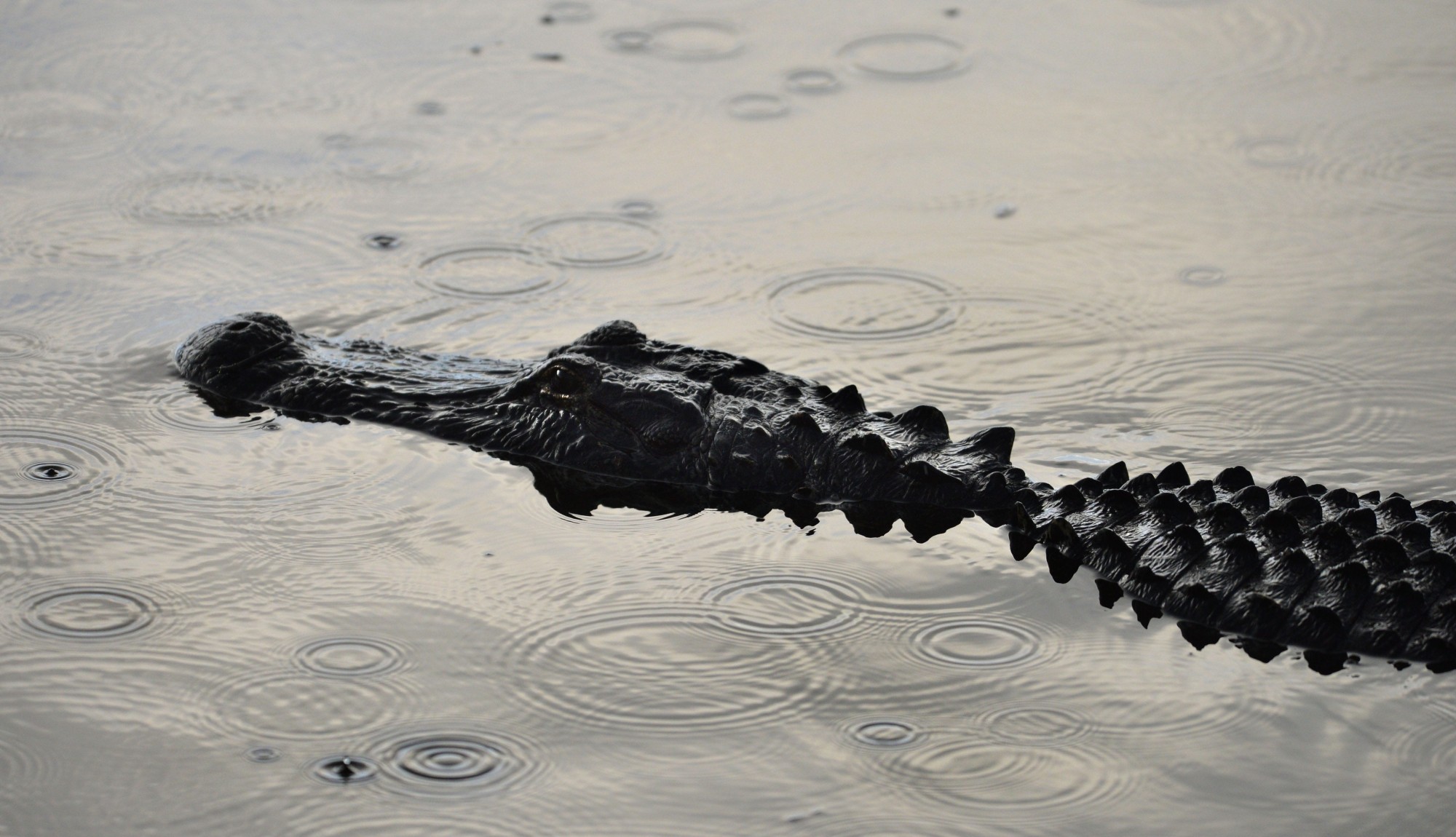
11. Antibiotic and Antiviral Properties in Alligator Blood
Studies have shown that wild alligator blood possesses both antibiotic and antiviral properties, demonstrating activity against HIV-1, West Nile Virus, and Herpes simplex virus. These properties also help protect the alligators themselves from infections after sustaining injuries. USA TODAY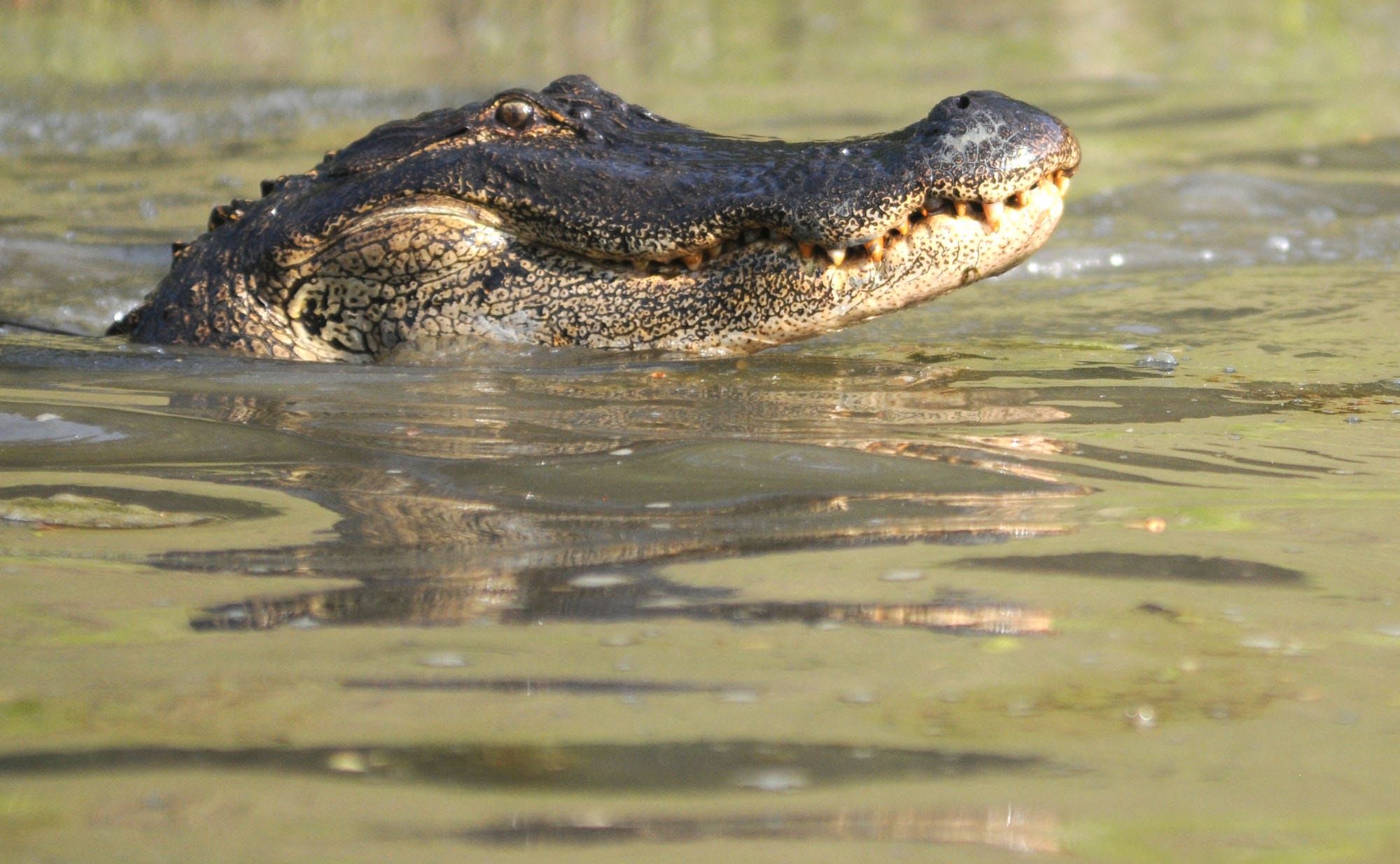
12. Temperature-Dependent Sex Determination
One of the most fascinating facts about alligators is that the sex of their offspring is determined by the temperature of the nest rather than by DNA. Warm temperatures produce male alligators, while cooler temperatures result in female hatchlings. USA TODAY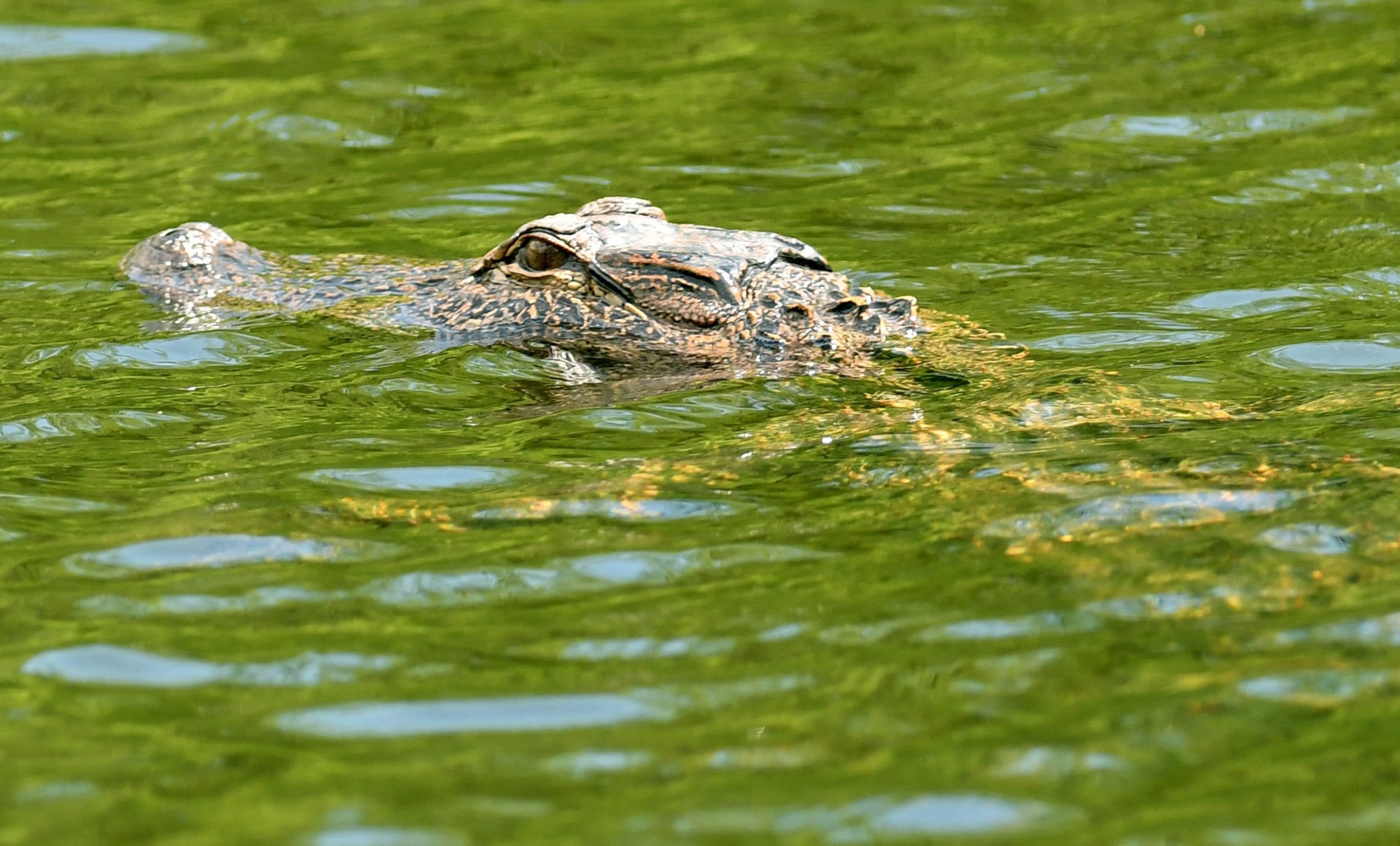
13. Vocalizations and Mating Calls
Alligators are considered the loudest reptiles in the world, with both males and females emitting loud roars during the mating season. These vocalizations can reach an impressive 90 decibels, which is comparable to the sound of a lawn mower. Males also use these roars to ward off potential predators. USA TODAY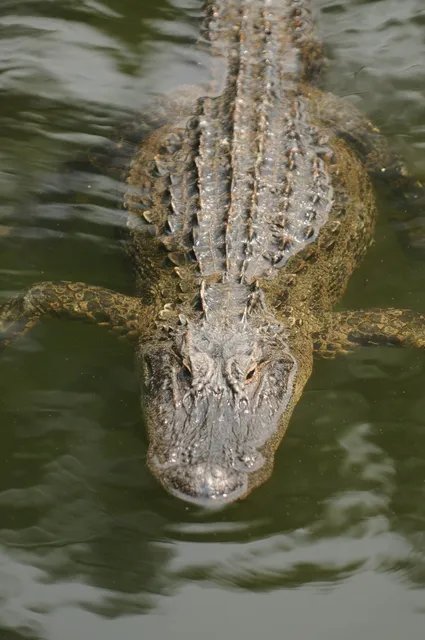
14. Critically Endangered Chinese Alligators
While American alligators thrive throughout their range in the United States, the Chinese alligator is critically endangered. Factors contributing to their decline include habitat fragmentation and degradation, hunting, natural disasters, geographic separation, low productivity, and pollution. Current estimates suggest that there are only between 68 and 86 mature Chinese alligators remaining in the wild. USA TODAY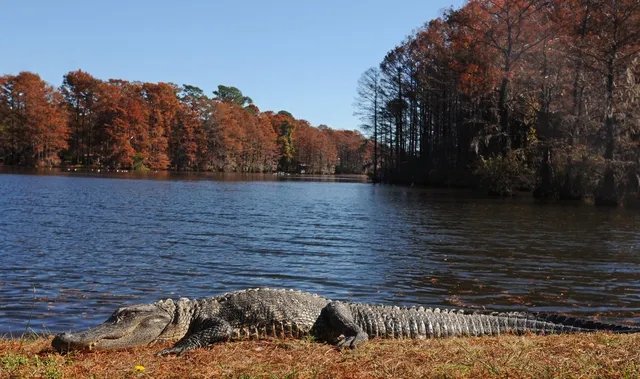
15. Ancient Relatives of Dinosaurs
Although alligators are often referred to as dinosaurs or dinosaur descendants, they are not direct descendants. However, they are more closely related to dinosaurs than to other modern reptiles, sharing a common ancestor that lived millions of years ago.(This content was created with the help of AI, and edited by a human.) USA TODAY